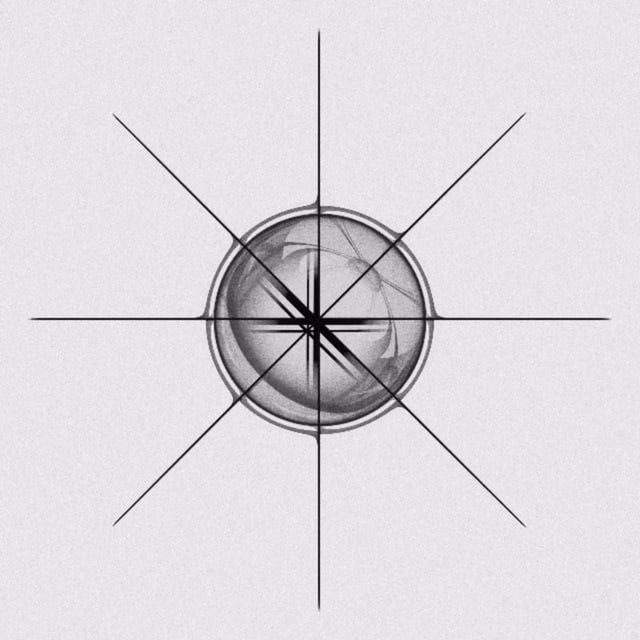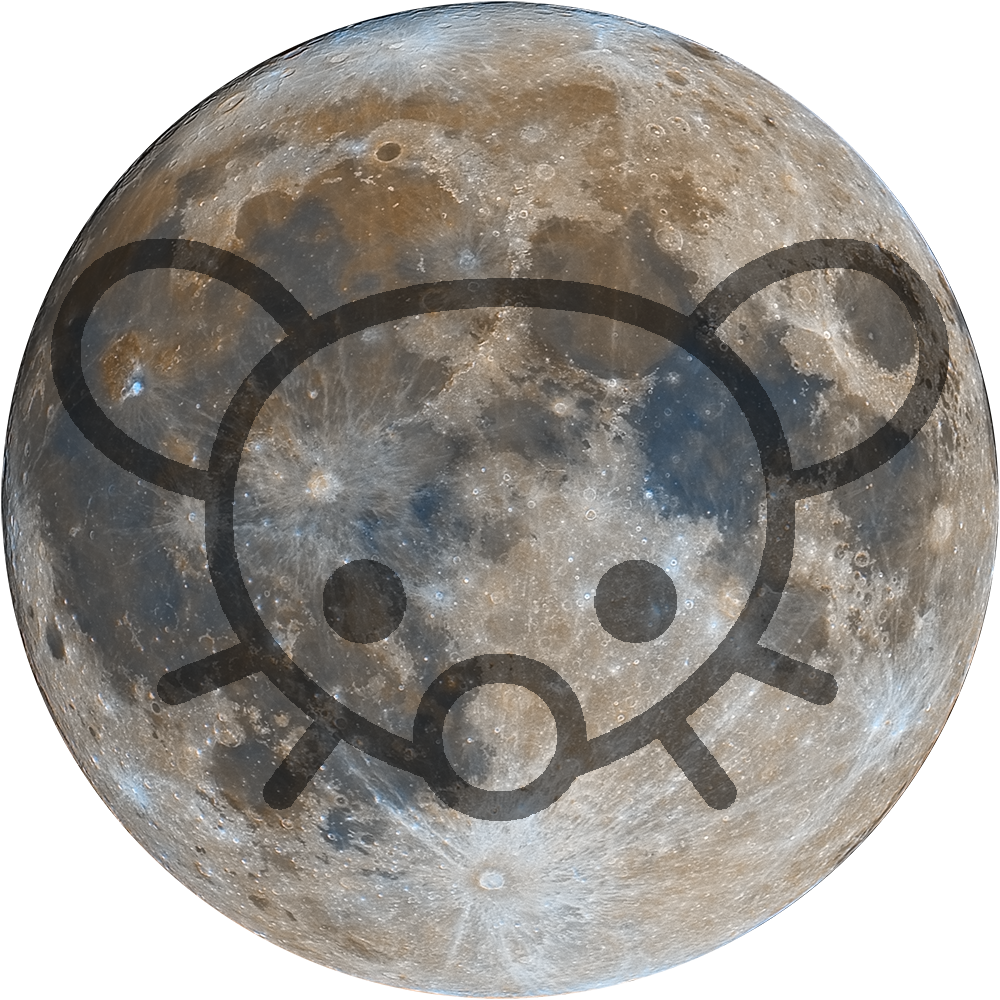

Yea sorry I thought it would be easier to say German because not everyone knows where Franken is.
Should have put it in the description


Yea sorry I thought it would be easier to say German because not everyone knows where Franken is.
Should have put it in the description


If you’re only taking a single exposure then yes lower is better (when shooting a static scene from a tripod)
But I have taken multiple exposures and combined them in post so the noise averages out.
Also the stars move so there’s only so much light I can capture and I would need to boost the exposure in post that would also then increase the noise.
As for the foreground, I was cold and didn’t want to wait 8min extra so I used a bit more ISO.
The real world difference between low and higher ISO isn’t as bad as it seems in the datasheet, especially when you throw postprocessing in the mix


Me neither, saw that by coincidence and had to take some pictures there


Only contrast, bright and white balance adjustments. Other than that it’s a single image file.


That was actually an accident I added to much of a pause between the pictures


I used my Nikon Z5 with my Nikkor 24mm f/1.8 S.
I took multiple images at 1000ISO f/2.8 30s. The total exposure time was ~30min.
The images where then stacked with sequator and the final image edited in affinity photo 2.
Hope that helps, if you got any other questions feel free to ask.
I gave a bit longer answer here: https://lemmy.world/comment/17856195
But basically postprocessing and image staking allows you to use high iso with minimal quality loss